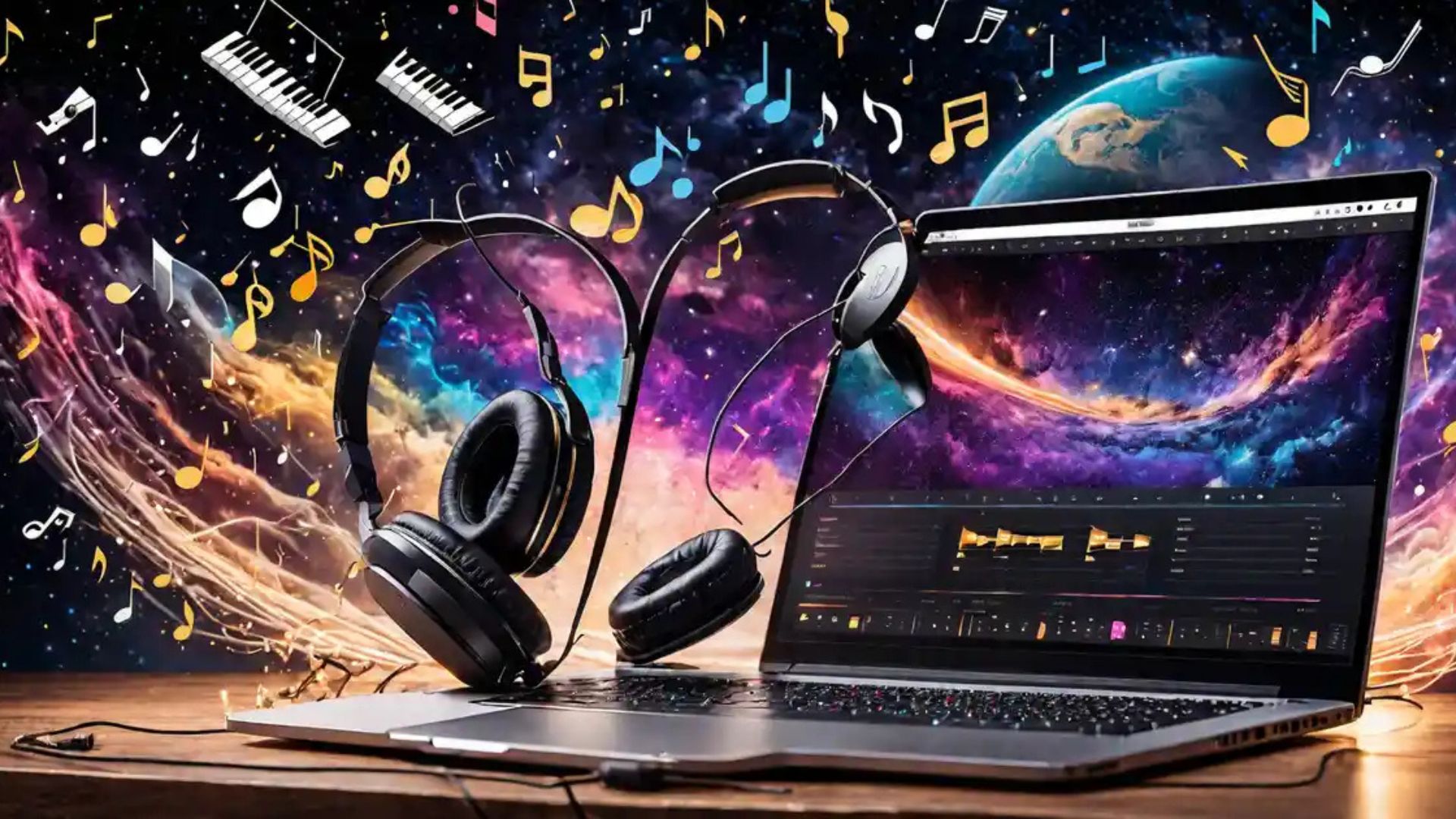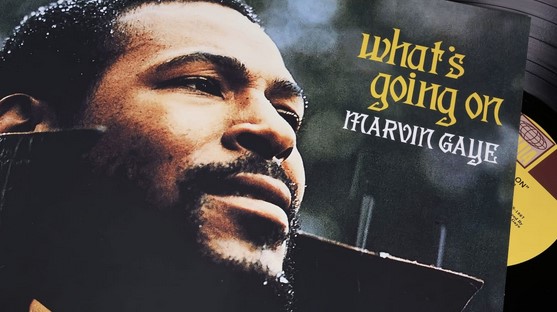Creating the perfect playlist is an art that can turn any moment into a memorable experience. Whether you’re curating a playlist for a road trip, a workout, a party, or simply to relax, choosing the right songs is key to setting the right mood. But how do you create a playlist that flows well and keeps your listeners engaged? In this article, we’ll share some easy tips to help you create the perfect playlist, no matter the occasion.

1. Define the Mood or Theme
Before you start adding songs, it’s important to define the mood or theme of your playlist. Are you creating a high-energy playlist for a workout or a chill, relaxing mix for a quiet evening? Knowing the vibe will help you choose songs that fit the overall atmosphere you want to create. For example, for a party playlist, you might focus on upbeat and danceable tracks, while for a study playlist, you might choose calming, instrumental music.
Tip: Think about the setting. Will the playlist be used at a celebration, a dinner, or a workout session? The theme will guide your song selection.
2. Start with Your Favorite Songs
To build a great playlist, start by adding songs you already love. These are the tracks that make you feel good and set the tone you want. Starting with familiar songs gives you a solid foundation, and from there, you can build the rest of the playlist around them. Don’t be afraid to include a few of your all-time favorites – they will create a personal connection and give your playlist a unique touch.
Tip: Think about songs that always put you in a good mood. These will help establish the vibe you’re aiming for.
3. Create a Balanced Flow
The key to a great playlist is a balanced flow. A good playlist should have a smooth progression, with songs that complement each other and maintain the energy throughout. Start with a strong opening track to grab attention, then mix in some upbeat songs with slower, more mellow tracks to keep the energy balanced. Be mindful of song transitions — you don’t want to go from a slow ballad directly into an upbeat dance track unless the transition makes sense.
Tip: Experiment with the order of your songs. You can use apps like Spotify or Apple Music to rearrange songs easily to get the best flow.
4. Mix Different Genres and Eras
One way to make your playlist interesting is by mixing different genres and eras. This helps keep the energy fresh and surprising. You can blend a mix of pop, rock, hip-hop, or even classical music, depending on your theme. Including songs from different decades or genres can also give the playlist a unique flavor, while still keeping it cohesive. The key is to find common threads, like similar tempos, moods, or themes, to tie everything together.
Tip: If you’re unsure about mixing genres, start with songs from a similar style and gradually introduce variety as the playlist progresses.
5. Add Some Surprises
A great playlist isn’t just predictable; it has moments of surprise. These surprises could be a sudden switch to a different genre, a hidden gem from an unknown artist, or an unexpected song choice that will catch your listeners’ attention. Adding a few tracks that people might not know but will love is a great way to make your playlist stand out. These surprises can also introduce your listeners to new music, which can make the playlist even more enjoyable.
Tip: Throw in a few songs that may not be mainstream but still fit with the overall vibe. It’s a great way to introduce your friends or listeners to new music.
6. Keep the Length in Mind
The perfect playlist doesn’t have to be endless, but it should be long enough to hold attention without dragging. A good playlist usually lasts between 30 minutes to an hour, depending on the occasion. If you’re creating a playlist for a workout, you might want it to last as long as your exercise session. For a dinner party or a road trip, aim for a playlist that keeps everyone engaged but doesn’t run too long. If it’s too short, it might feel rushed, but if it’s too long, listeners may lose interest.
Tip: Keep track of the length as you build your playlist. You don’t want it to feel too long or too short for the occasion.
7. Consider the Energy Levels
The energy of the playlist is critical to its success. Think about how you want people to feel as they listen. Do you want them to feel excited, relaxed, or emotional? You can control the energy levels by mixing fast-paced songs with slower, mellow ones. Pay attention to the tempo and intensity of each song. For example, if you’re building a playlist for a workout, you may want to start with slower warm-up songs, then build to high-energy tracks for the main workout, and finish with a cool-down track.
Tip: Start with songs that build energy gradually, peak in the middle, and end on a satisfying note.
8. Personalize It
The best playlists are the ones that feel personal. Think about your audience or the people who will be listening to the playlist. What songs do they love? What do they have in common with you musically? If you’re making a playlist for a party, consider including some crowd favorites or songs that you know will get people dancing. Personal touches, like inside jokes or favorite shared songs, can make the playlist feel special.
Tip: Include tracks that hold sentimental value or have a personal connection to make the playlist more meaningful.
9. Update and Refine Regularly
A perfect playlist doesn’t have to be static. As you discover new music, you can update and refine your playlist over time. Keep adding fresh songs, removing tracks that no longer fit the mood, and adjusting the flow if needed. The best playlists evolve, so don’t hesitate to make changes and keep things fresh.
Tip: If you create playlists regularly, revisit them every few weeks to see if there’s anything new you’d like to add.
Conclusion
Creating the perfect playlist is all about finding the right balance of songs that fit the vibe, mood, and energy you want to convey. Whether you’re putting together a playlist for a party, workout, or a relaxing evening, remember to define your theme, mix up genres and eras, and keep things interesting with surprises. With these tips, you’ll be able to curate a playlist that will be enjoyed by you and your listeners time and time again. Happy listening!









